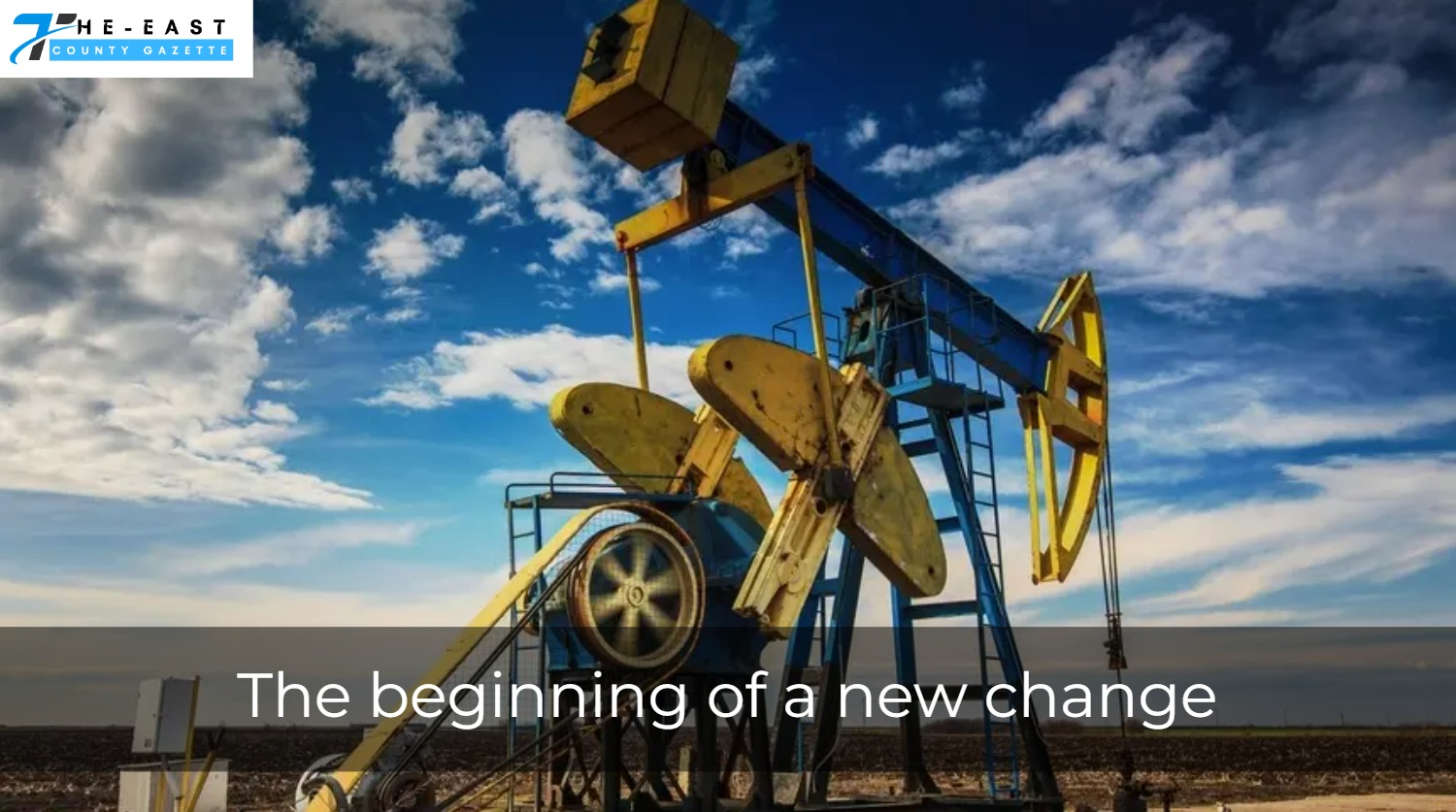On Tuesday, a second council committee unanimously recommended passing an ordinance that would eventually stop oil and gas drilling in Los Angeles. Standing Together Against Neighborhood Drilling, a coalition of environmental justice groups, asked the Planning and Land Use Management Committee two weeks ago to put its work on hold until Councilmen Kevin de León and Gil Cedillo resign for their roles in the City Hall racism scandal.
Despite this request, the committee voted 3-0 to adopt a Mitigated Negative Declaration and move forward with the proposed ordinance. Following the vote, committee chair Councilman Marqueece Harris-Dawson stated that he had opted to move forward with the item because “the impact of waiting is more low-income people of color breathing terrible air for a longer period.”
Again, we don’t have a lot of options,” Harris-Dawson added. On October 6, the City Council’s Energy, Climate Change, Environment Justice, and River Committee voted to forward the committee’s recommendation to the full council. The committee that was supposed to look into this matter (Arts, Parks, Health, Education, and Neighborhoods) decided not to.
“We are sending a clear message to big oil,” said Councilman Mitch O’Farrell, who heads the energy committee. Los Angeles will no longer allow oil and gas drilling in the city. Earlier in October, the Board of Supervisors passed similar legislation in Los Angeles County.
In January, the City Council unanimously accepted a set of recommendations to prevent drilling any new oil or gas wells in the city. All oil and gas extraction would be banned immediately, and existing operations would end within 20 years under the proposed ordinance.
An opportunity for a good existence

O’Farrell argued that all families should have access to “clean air,” “secure neighborhoods,” and “an opportunity for a good existence” without having to worry about the negative effects of “dirty energy.” During the proposed ordinance’s 20-year phase-out period, operators would be prohibited from adding to existing sites or extending the life of a well.
Communities of color and the working class bear a disproportionate share of the costs associated with oil drilling. Hence, several organizations have petitioned Los Angeles to halt the practice. In Los Angeles County, about 500 thousand people live within half a mile of an operational oil well.
At an energy committee meeting, Council President Paul Krekorian observed, “They have waited for decades for actions.” “They’ve been waiting for the city to do something to ease their health concerns,” says the report.
Krekorian addressed worries about job loss and higher gas prices. According to him, Los Angeles County accounts for less than one percent of the crude oil processed in Southern California refineries. Therefore the loss of oil drilling will not affect gas prices in the area. Regarding the economy, Krekorian stated he thinks the oil and gas era is coming to an end anyway. The committee tabled a separate item that would have suggested putting an oil extraction tax before voters in a future election.
New oil wells or drilling facilities in California would require at least 3,200 feet from residences, schools, hospitals, nursing homes, and other “sensitive places” under new restrictions proposed by Governor Gavin Newsom in October.
For example, Newsom mentioned asthma and birth deformities as consequences of exposure to harmful chemicals. Currently, the plan is subjected to a cost-benefit analysis and public feedback. Further, the governor has proposed a 2045 deadline for the end of oil production in the state.
The possibility of health problems can not be neglected

According to a study released in April by the University of Southern California, those who live near urban oil wells are more likely to have health problems such as wheezing and diminished lung function. Researchers discovered that respiratory damage could be comparable to that caused by exposure to secondhand smoke daily or living near roads where vehicle pollution is prevalent.
Although Jefferson Park and North University Park were the primary research sites, the findings may have wider regional ramifications. One-third of Los Angeles County’s population resides within a mile of an operational drilling site, with some inhabitants living as near as 60 feet away.

